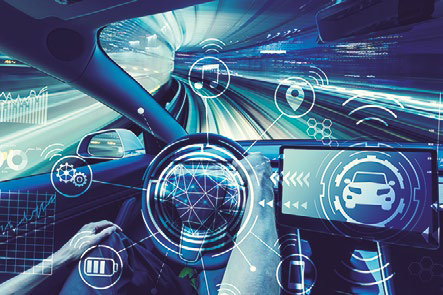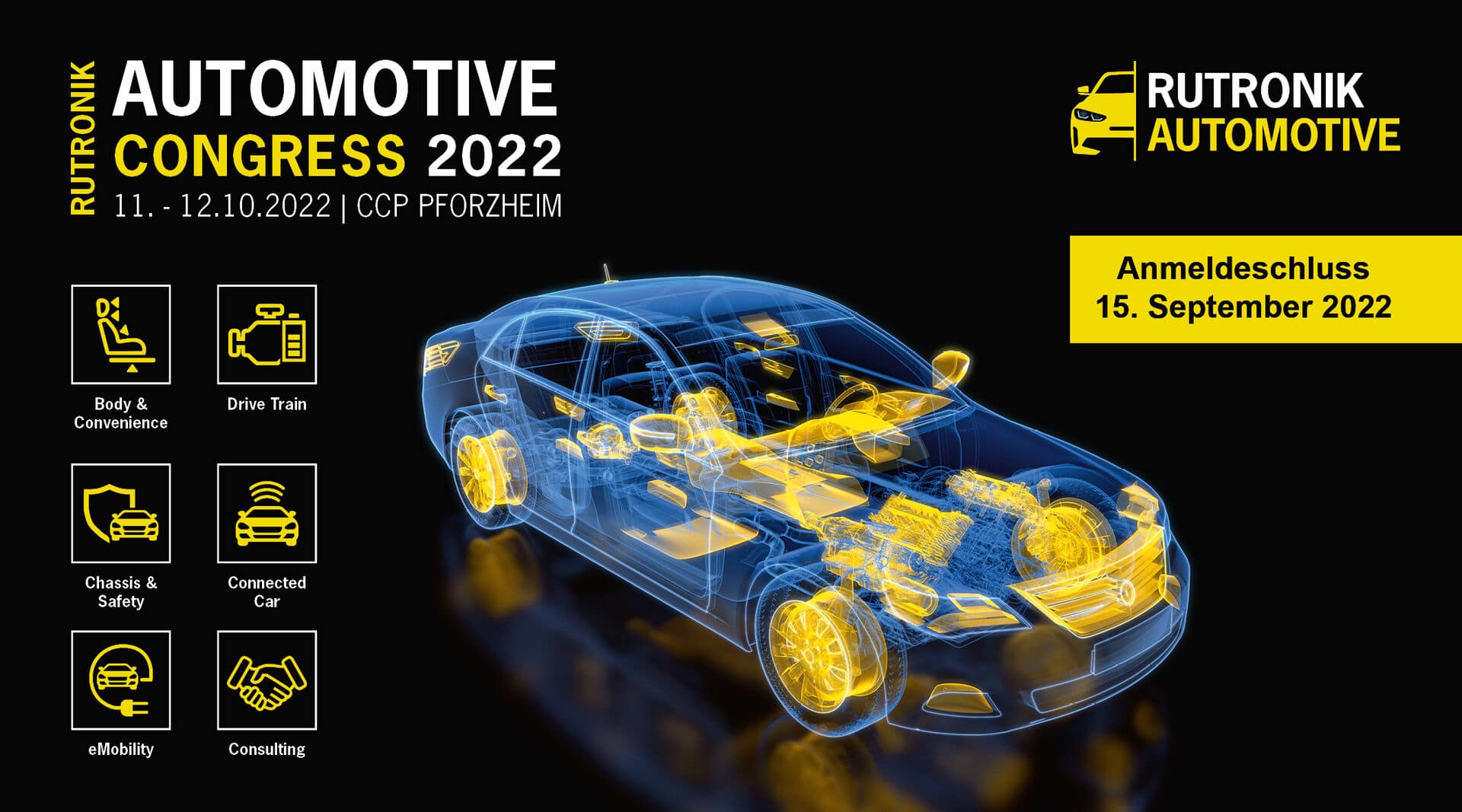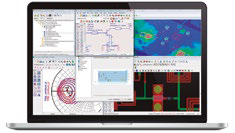All about electronics 2020
The automotive industry showed various facets in 2019. If, on the one hand, world car production slowed down due to macroeconomic adversities and trade tensions, on the other hand, the transformation of the market and, in general, of the concept has continued of mobility. The main trends that drive the automotive sector remain intact and its dynamics continue in full acceleration. Despite the current slowdown in vehicle production, the automotive industry will long remain one of the fastest growing end markets for semiconductors. In the automotive market, the adoption of the electric vehicle and active safety measures guarantee solid growth in the segments of power semiconductors and sensors.
The transformation of mobility will continue its course in 2020. Disruptive developments such as the commercial availability of shared services in urban areas (from electric scooters to cars) are observed at a high level, making it even less necessary for the inhabitants to own their own car of cities. In certain areas and situations, the car changes from the ownership model to the “pay as you go” model. This trend will inevitably result in cars being used more, which increases the pressure on the reliability of vehicles down to the last component. Semiconductors are essential for car original equipment manufacturers (OEMs) as they are the key elements of this revolution and represent a significant part of the cost of a vehicle. The traditional supply chain is changing as OEMs and Tier 2020 suppliers have realized the benefits and value of working closely with semiconductor manufacturers. At a lower level, in the area of influence of the engineer, changes are also observed. The continued electrification of the powertrain and the trend towards autonomous vehicles is a fundamental development influencing the way cars are designed, built, used and recycled. This will continue to drive demand for semiconductor-based solutions, and especially those designed for this continually growing application throughout XNUMX. Vehicle emission reductions will further accelerate to meet more stringent standards. Concern for the environment will also increase consumer awareness. Over the next few years, more than half of the vehicles produced worldwide will incorporate some degree of electrification, from semi-hybrids to plug-in fully electric.
Innovations introduced in traditional silicon devices and in Wide Band Gap technologies will improve performance and this will further reduce CO2 emissions, increase vehicle range and shorten charging times. Advances in battery technology and cost will also help improve vehicle performance and make them affordable for more consumers. The demand for power components in 2020 (and in the future) will grow exponentially due to the penetration of electric vehicles in the market. ON Semiconductor is a leader in these technologies, which are critical to the continued development of technology in hybrid and electric vehicles. The commercialization of high-voltage power MOSFET transistors in Super Junction technology, silicon IGBTs, and silicon carbide (SiC) and gallium nitride (GaN) MOSFETs, essential in high-voltage applications, is on the right track. ON Semiconductor is one of the few companies able to offer a completely independent and vertically integrated supply chain - from substrates to finished and assembled components - thanks to its many manufacturing facilities around the world (including the recently acquired 300mm wafers located in East Fishkill, New York). Another important change on the horizon is, of course, autonomy, since the number of pilot projects is increasing and the technologies on which they are based continue to be developed. While Tier 5 autonomous vehicles are not expected in 2020, the commercialization of Tier 2+/2.5 vehicles is accelerating. In some situations and for certain applications, these vehicles are capable of operating with Level 4 autonomy. The ecosystem surrounding autonomous vehicle development also needs to expand.
Vehicles are no longer a collection of independent subsystems but interconnected solutions designed to work closely together. The data they handle must be comprehensive, redundant, and shared by multiple systems and users. They also need to be available locally and centrally, as they are used to train machine learning algorithms and, at the same time, make decisions while the vehicle is running. The data is generated by various complementary and redundant sensors. Demand for advanced sensors and fusion sensors, which provide vehicles with the information they need to better understand their surroundings, is on the rise. This data will also be shared externally (with other vehicles and with the cloud) through V2X networks. This will be key in automated driving levels 2+ / 2.5 to 5 as vehicles must not only be aware of their surroundings, but are also required to act based on unpredictable traffic conditions. This change is not going to happen overnight, but the technology behind this approach is already being integrated into vehicles to offer automation levels 1 and 2. This technology relies heavily on sensing of all types of data using ultrasound, image, radar and LiDAR sensors. ON Semiconductor is actively developing and procuring new sensing technologies to meet this growing demand, for which we anticipate accelerating in 2020.
The natural evolution of detection technology will allow higher levels of autonomy to be achieved in the future thanks to current developments. The way we think about vehicles is already changing and will continue to change as Vision Zero becomes a reality: a world without deaths on the roads, accidents, breakdowns and emissions. As the seventh largest supplier of semiconductors to the automotive electronics industry, ON Semiconductor works in the Vision Zero cross-sector initiative and applies its own Zero Defects strategy. This philosophy applies to all of the automotive products that we design, manufacture, supply and support. As a global leader in power semiconductor and sensing technologies, we facilitate the continued electrification of vehicles and the development of advanced driver assistance systems (ADAS) / autonomous driving. ON Semiconductor will continue to work and drive innovations in circuit power management, in-vehicle communication networks, and advanced data sensing throughout 2020 and into the near future.







